Kvillebäcken
Gothenburg, SE
Jun 2011
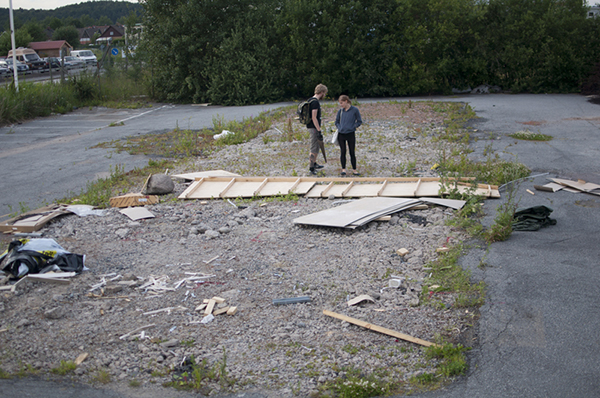
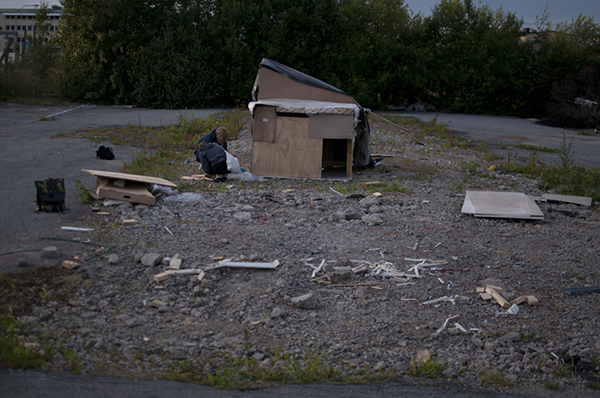
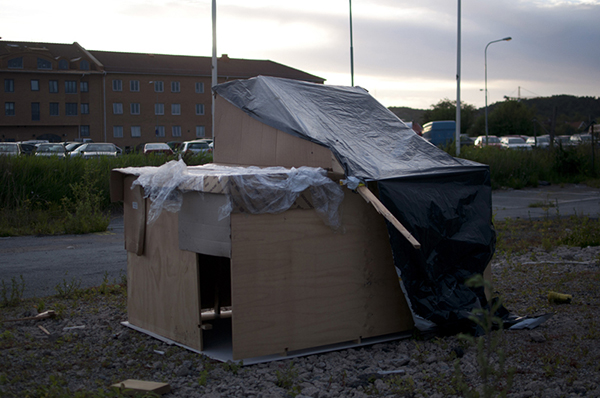
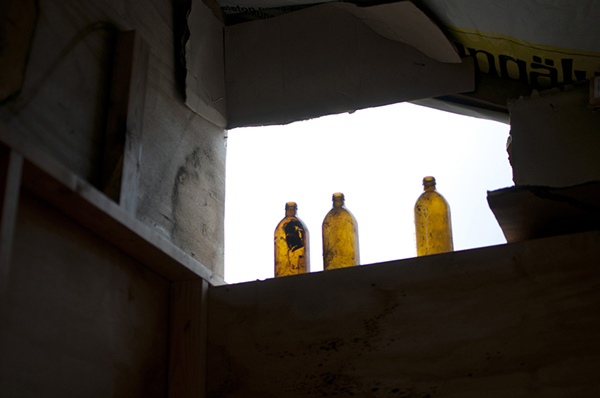

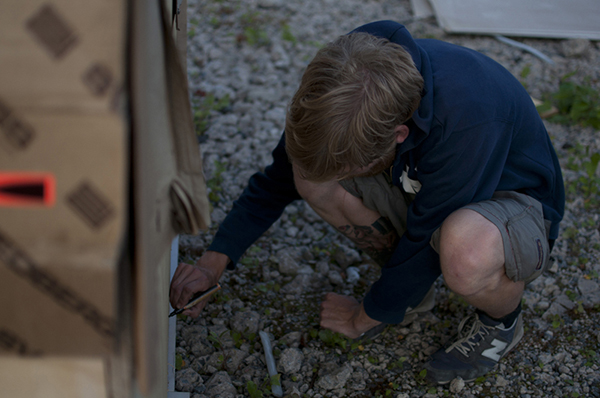
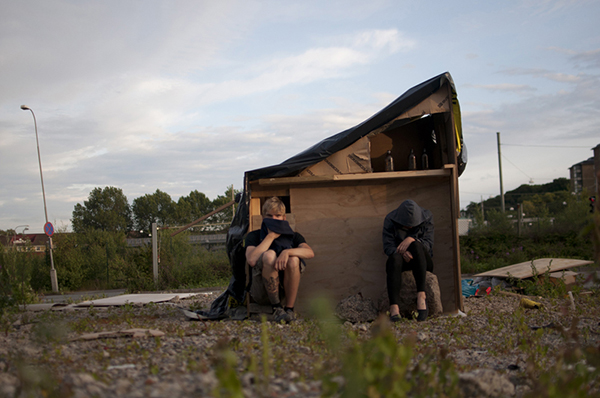


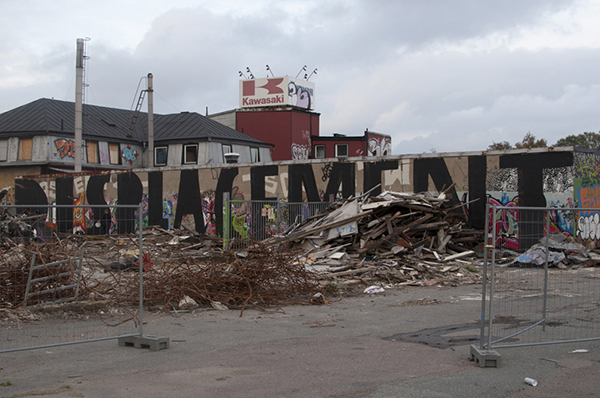



Collaboration with Simon Gran Danielsson and Astrid Filin.
(sv)
Kvillebäckens industriområde omges av tät biltrafik på tre sidor och en bäck på den fjärde. Den omkringliggande bebyggelsen varierar från villor, kvarterstad, punkthus och köpcentrum. Kvillebäcken ligger mitt emellan allting annat.
När jag själv går runt i Kvillebäcken, för ett par år sedan, är det ett till synes väldigt lugnt område som ingen riktigt verkar styra över. Vi samlades ofta där.
Industritomterna innehöll vid det tillfället så vitt jag vet ingen fungerande industri. Det låg en chark där och en motorbutik men annars fanns ingen synlig aktivitet eller kommers där. Det ryktades om lite olika aktiviteter som förekom i de tomma lokalerna. Några lokaler sas vara ateljéer. En gammal bilverkstad ska ha innehållit en moske och efter att senare ha vandrat runt i rivningsmassorna hittade jag böcker och papper skrivna på arabiska.
Sommaren 2011 återstod bara en tom plats där grunderna till Nya Kvillebäcken börjat ta form. Det gamla 'ingenmanslandet' skulle ersättas med en 'hållbar blandstad'. Under tiden gjorde vi små försök att försvara vårt.
En dag cyklade Simon, Astrid och jag omkring i Kvillebäcken. Vi hittade en öde tomt där det en gång stod ett hus men som då bara innehöll överblivet material från rivningen. Vi hade med oss några verktyg i ryggsäckarna och av materialen vi hittade började vi bygga upp ett hus igen på platsen. När resten av de omkringliggande byggnaderna revs försvann även vårt hus, och vi skrev en kommentar på väggen.
Fotgrafiet av muralen som ingår i böckerna Gentrifiering och Den urbana fronten är taget av Katarina Despotovic.
(eng)
Kvillebäcken's industrial area is surrounded by heavy traffic on three sides and a stream on the fourth. The surrounding buildings vary from detached houses, city blocks, tower blocks and shoppingcentres. Kvillebäcken is located in between everything.
When I walk around in Kvillebäcken, a couple of years ago, it is a seemingly quiet place wich no one seems to be in charge of. We often gathered there.
The industrial sites contained at that time no functional industry. There was a meat shop and a car shop or something but apart from that there was no visible activity or commerse. There were rumors about some buildings, some fascilities were said to be studios. An old car repair shop should have housed a mosque and in the torned down building ruins I found books and papers written in arabic.
In the summer 2011 the only things that remained was an empty surface with some foundations where the New Kvillebäcken started to take shape. The old "no-mans-land" were going to be replaced by a "sustainable mix-use city". Meanwhile, we did some small attempts to defend what was ours.
One day we were cycling around in Kvillebäcken and found this wasteland where it used to be a house but only contained waste material from the demolision. We had some tools in our backpacks and we started to rebuild a house again on the site. When the rest of the block was torned down even our house disappeared, and we wrote a comment on the wall.
Photo of the mural in the books Gentrifiering (gentrification) and Den urbana fronten (the urban front) is taken by Katarina Despotovic.